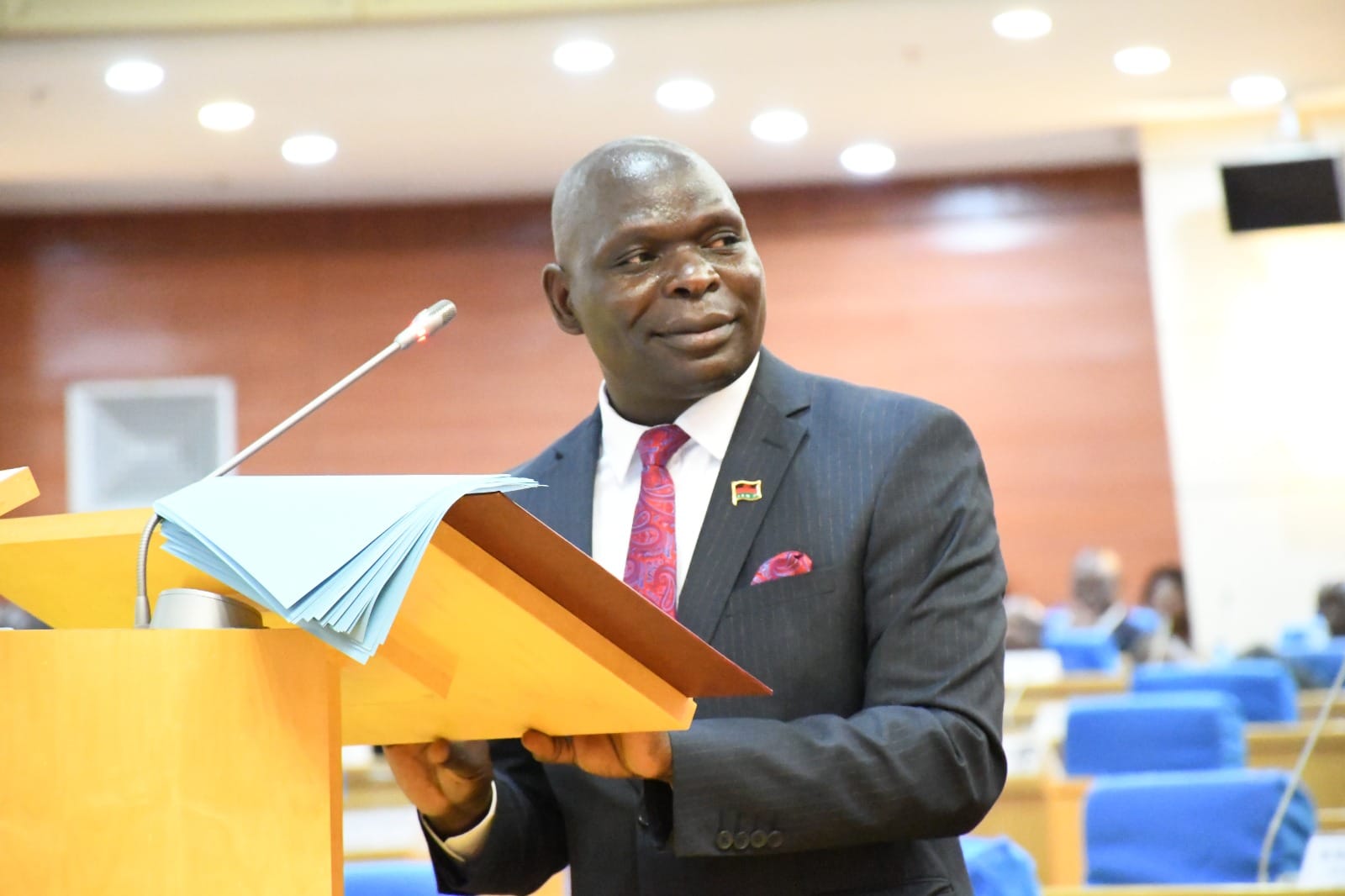Banks dish more personal loans
Personal loans continue to hold the largest share of outstanding stock of private sector credit amid worsening loan loss provision, an income expense set aside to allow for uncollected loans and loan repayment.
The trend, which economists argue is not desirable for the country’s economy to recover, has come about due to economic hardships and has pushed more Malawians to borrow, mostly for consumption. It also speaks volumes of the country’s deteriorating investment in productive sectors.

Published Reserve Bank of Malawi (RBM) data shows that within a year, between August 2022 and August 2023, the share of outstanding credit to the community, social and personal services, which is predominantly retail (personal) loans, including pay-based loans the banks are extending to employees, rose from 31 percent to 39 percent.
During the same period, loan loss provision has also worsened from 3.8 percent to 5.1 percent.
This is happening at a time when the cost of living for a family of six has been rising, increasing by 25.64 percent from K307 368 in September 2022 to K386 192 in September 2022, according to data from the Centre for Social Concern’s (CfCS) data.
At the same time, in view of price pressures which have intensified, RBM has increased the cost of borrowing following a hike in the policy rate, a key driver of interest rates on loans from 14 percent in May 2022 to the current 24 percent.
Said RBM in its recent economic review: “In line with the foregoing, the community, social and personal services sector continued to hold the largest share of outstanding stock of private sector credit at 38.1 percent, followed by the agriculture, forestry, fishing and hunting sectors at 18.1 percent, the wholesale and retail trade sector at 16.8 percent; and manufacturing sector at 11.9 percent.”
This is, however, despite the monthly increase in credit to the manufacturing at K16.9 billion, agriculture, forestry, fishing and hunting at K11.1 billion, community, social and personal services with K10 billion, electricity, gas, water and energy at K2.3 billion, transport, storage, and communication at K894.1 million and financial services at K116.9 million sectors.
Malawi University of Business and Applied Sciences associate professor of economics Betchani Tchereni observed that while the credit spread gives direction as to where the economy should go going forward, most of these personal loans are used to acquire goods such as electronics and motor vehicles and sometimes for holidays.
He said: “This is a situation which, on the other hand, is contributing to the worsening depreciation of the kwacha.
“An ideal situation is where we have more investment loans than consumption loans.”
Consumers Association of Malawi executive director John Kapitosaid to create opportunities for people and encourage them to borrow for investment, there isneed to take deliberate steps to establish development banks that can provide loans for investment at competitive rates.
On his part, economic analyst Bond Mtembezeka said as the cost of living is bound to keep rising, people need to find alternative revenue streams to cope with the high inflation rates.
Meanwhile, the annual growth of private sector credit accelerated to 19.8 percent from 17.8 percent in July 2023, but was lower than 24.4 percent registered in the corresponding month in 2022.
On a monthly basis, the stock of private sector credit increased by K38.7 billion (3.4 percent) to K1.2 trillion in August 2023.






One Comment